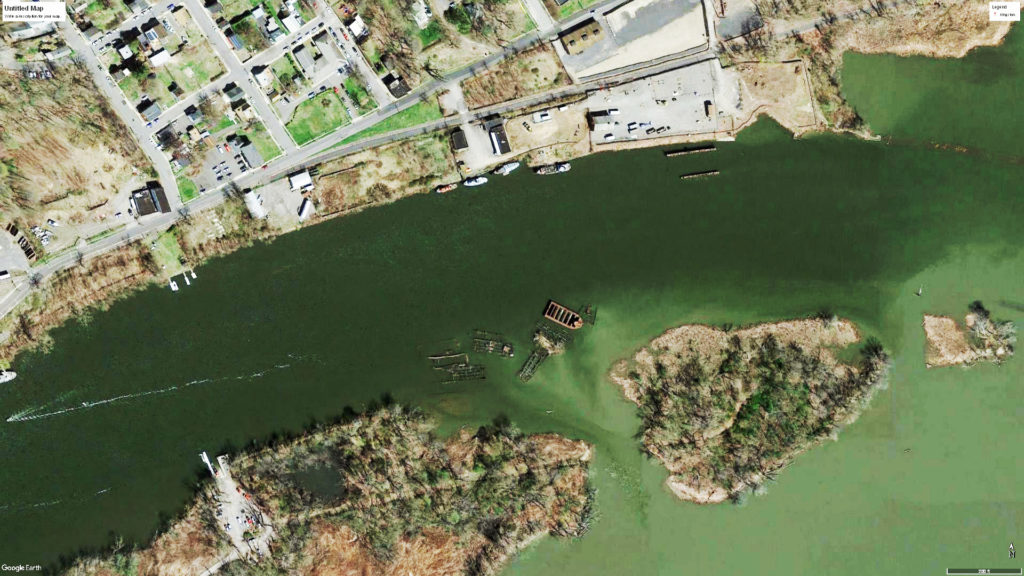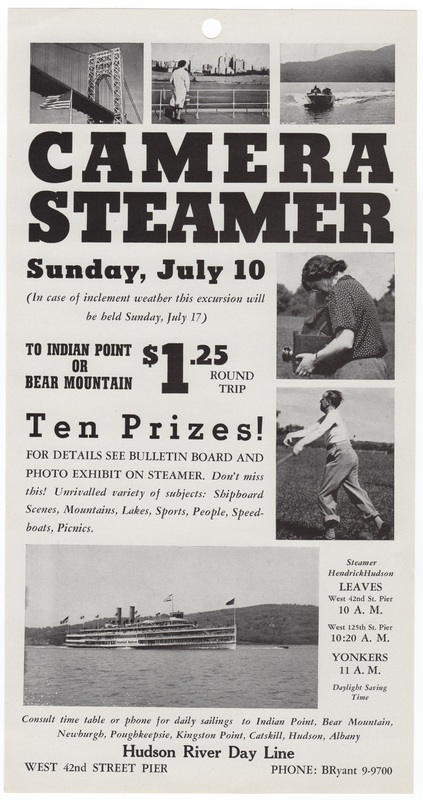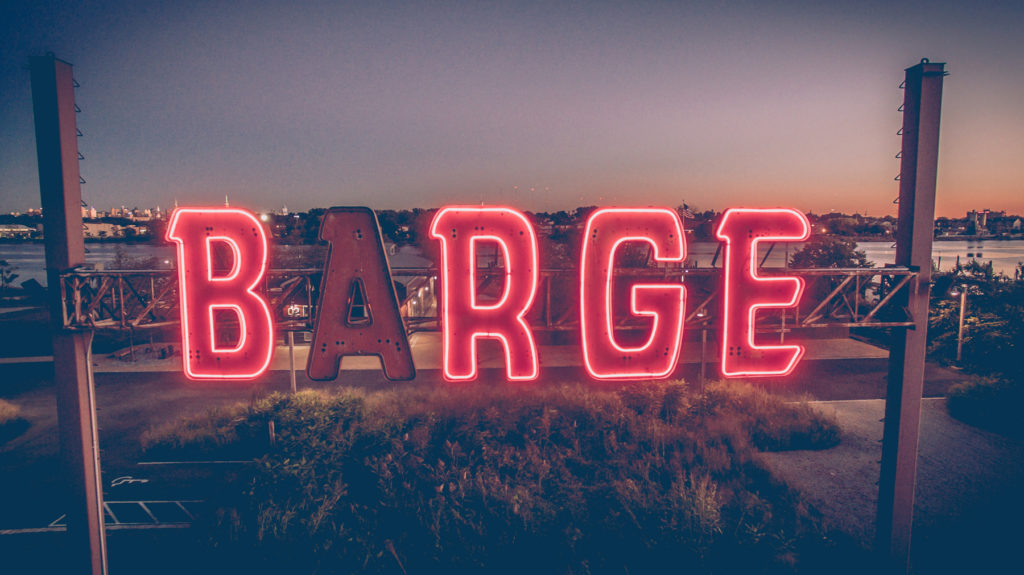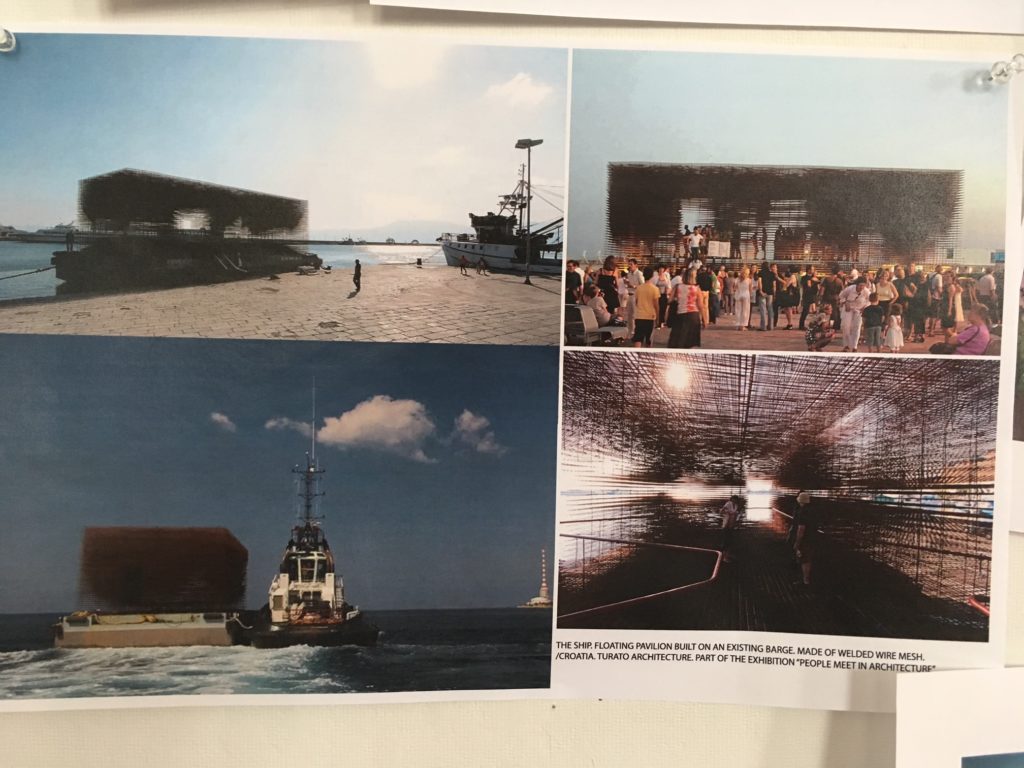The FUTURE: Playing Precedents In Water
Mapos Designers
This post is part of the series called “The Future,” an in-house research and design project, which explores the impact of forces like technology and socioeconomics on shifting urban environments in the 21st century. To read more on the background of this work, click here.
We began our exploration of Kingston by deciding to implement play in a way that can have significance to the city as well as surrounding areas. A current issue taking place in the city now, we’ve discovered, has a huge significance to the region:
The Hudson River Anchorage Grounds Proposal is a proposal that…
“comes at the request of the Maritime Association of the Port of New York/New Jersey which represents various interests in the shipping and petroleum industries. The Association says that more anchorage grounds will improve navigation safety along portions of the Hudson River where there are currently few or no anchorages. Opponents of the proposal argue that the anchorages, which provide 42 long-term mooring berths (and one short-term), will turn into parking lots for barges, facilitate more commercial traffic, and “reindustrialize” the Hudson. The barges pollute the river with their noisy generators and “stadium” lighting, and their anchors drag on the river bottom, which damages the habitats of endangered fish species. An increase in commercial traffic also puts recreational boaters in danger. Most worrisome of all is that more oil barges on the Hudson will increase the risks of a catastrophic spill.”
-Coalition Against Pilgrim Pipeline

Area of Focus: Kingston Roundout. Google Earth
As the above quote suggests, there exists an ingrained image of barges being directly related to industrial processes which have left and have not returned to the area. Therefore, there’s a need to reconcile the industrial history of Kingston with a more progressive future.
Our new goals, in keeping with our previous thesis discussed in the Vision Spamos, include transforming the now-despised symbols of the past to the harbinger of the future of Kingston focused on nature, preservation, and a healthy way of life.
With our three tenets of Play (or “archipleasures”) in mind, we initially began thinking as outsiders of Kingston; why would we visit Kingston and for what reasons? As residents of New York City, our group agreed that escapism was one of the crucial factors. Our research revealed that day trips to Kingston via passenger barges (pamphlet) were very much a fad in the past. During the 1940’s when cameras started becoming more compact and portable, the Hudson River Day Line hosted “Camera Steamers” that took passengers through the valley for special photography trips with sponsored prizes for best photograph. These kinds of activities invited tourists and boosted local businesses. But in the “Long Range Transportation Plan 2040” there was almost no mention of transportation related to the Hudson Valley waterway. It was our view that to take advantage of all that makes Kingston so unique was to include its proximity to the water, and again try to foster connection back into the area.


Martin Sanchez
Furthermore, locals felt there weren’t sufficient infrastructures to access, promote, and enjoy the waterfront in its entirety. Considering all the existing brownfields that lie fallow and how many of these locations are positioned in flood plains, the use of floating platforms seemed strategic and necessary to activate these sites.
We also see the barge as providing visitors with a more comprehensive connection to all of Kingston’s attractions. Since visiting by car or bus would be the only convenient way (as the Metro-North train line is on the other side of the valley with no current ferry lines) the barge network would allow more direct avenues to travel to Kingston. Once docked on site, visitors will have the option of visiting the Roundout or take the trolley up to Kingston Point. From there, a 10 minute walk to reach Smorgasburg and then a scenic walk through the trails to get back into Kingston proper would complete an eventful tour.
For the moment, we imagine three basic activities that will take place on the barge:
- Greenhouse Barge – Allows locals of Kingston to further exercise exploration of nature, botany.
- Theater/Exploratory Cinema Barge – Allows local residents to enjoy a show, lecture, or film, and has a strong connection to its port, so that events may occur in the absence of the barge in addition to when it arrives to land.
- Hybrid Barge: Floating Park/Passenger Barge from Manhattan and Surrounding Areas – Perhaps eventually a hybrid of the greenhouse and theater barge in terms of concept, this barge will serve as the connection between Kingston and surrounding cities in order to emphasize mobility.

Inspiration from the Venice Biennale Barge